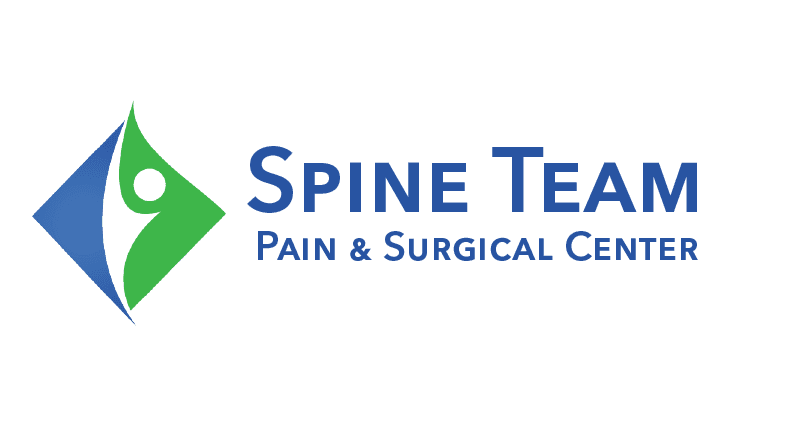Hip Pain
Hip pain can sometimes be caused by diseases and conditions in other areas of your body, such as your lower back. Your hip is one of the strongest and most secure joints in the body, however, hips can become painful due to strains, fractures and dislocations. The hip joint is designed to endure recurring motion and everyday wear and tear. A ball-and-socket joint which is the body’s largest joint fits together and allows for fluid movement. Hip pain can be connected to pain in various areas of the body such as, groin, thigh, buttocks, back, and the joints of the hip.
Common Causes of Hip Pain
Common causes of pain located in the hip are, inflamed tendons or tendonitis which is often caused by over exercising. Athritis, which is the most common form of long term pain. Hip fractures, which cause sharp and sudden pains and require immediate professional care.
Hip Pain is Diagnosed by:
- Fluid Tests
- X-ray
- MRI scan
- CT scan
- Ultrasound
Home Remedies and Care for Hip Pain
Refrain from activities that increase hip pain. Try to avoid standing for long periods of time. Sleep on the opposite side from where the hip pain is located. Elevating the painful joint can relieve swelling and pain.
Conditions Associated with Hip Pain
- Cancer Pain
- Rheumatoid Arthritis
- Fibromyalgia
- Osteoporosis
- Osteoarthritis
- Spinal Stenosis
- Sciaticia
- SI Joint Dysfunction
- Tendonitis and Bursitis
Common Treatments for Hip Pain
- Epidural Nerve Block
- Intra-Articular Joint Injections
- SI Joint Injections
- Medication Management
- Rehabilitation
Knee Pain FAQs
What are the first signs of hip problems?
Hip issues may be painful and are a common concern for many people. The first beginning signs of a hip problem include-
- Hip discomfort felt while exercising, sleeping, or walking.
- Pain or discomfort during or after activity.
- Problem walking short or normal distances.
- Stiffness - Difficulty bending over or lifting something off the floor.
- Limping - whether acute or chronic.
- Hip swelling and tenderness.
- Skin and muscle swelling.
How do I know if my hip pain is serious?
If you have any of these symptoms, you need immediate medical help.
- Sudden onset of severe hip pain with or without a fall or back injury.
- Buttocks are swollen and hot.
- The color of the skin on the waist has changed.
- You have hip pain accompanied by a high fever and a shivering body.
- Severe back pain after a fall or Injury.
- Inability to walk or put weight on the legs.
- Tingling or loss of feeling in the lower back or legs after an injury.
What is the common cause of hip pain?
Hip problems can be caused by diseases or conditions in other body parts, such as the lower back. Various underlying problems include arthritis, Injury, or other problems. Hip discomfort can be associated with pain in other parts of the body, such as the groin, thighs, buttocks, back, and hips.
What is the fastest way to relieve hip pain?
Not all forms of hip pain require medical attention. If the pain is not severe, you can try the following home treatments to help you feel better.
- Apply ice packs to your hip joints every 20 minutes to reduce inflammation and discomfort.
- Warm compresses to relax the muscles around the hip joint.
- Over-the-counter pain relievers reduce swelling and relieve pain.
- Do not stress or overload.
If you experience extreme discomfort, cannot bear weight on your lower back or notice a drastic change in the appearance of your lower back, you should see a doctor immediately.
What is the treatment for pain in the hip joint?
Hip problems can lead to disability if left untreated, so it's important to see an experienced doctor specializing in hips and other joints. Orthopedic surgeons may scan to evaluate the cause and discuss effective treatments to relieve hip pain, including Epidural Nerve Block, Intra-Articular Joint Injections, SI Joint Injections, Medication Management and Rehabilitation.
What does it mean when your hip hurts when walking?
Many people experience hip pain when walking. Injuries to the muscles, tendons, bones, or nerves around the hip joint are many causes of chronic diseases such as arthritis. You can work with your doctor to determine the cause of your hip condition to get the right treatment. Diagnosis and treatment depend on the hip pain location and the patient's medical history.

